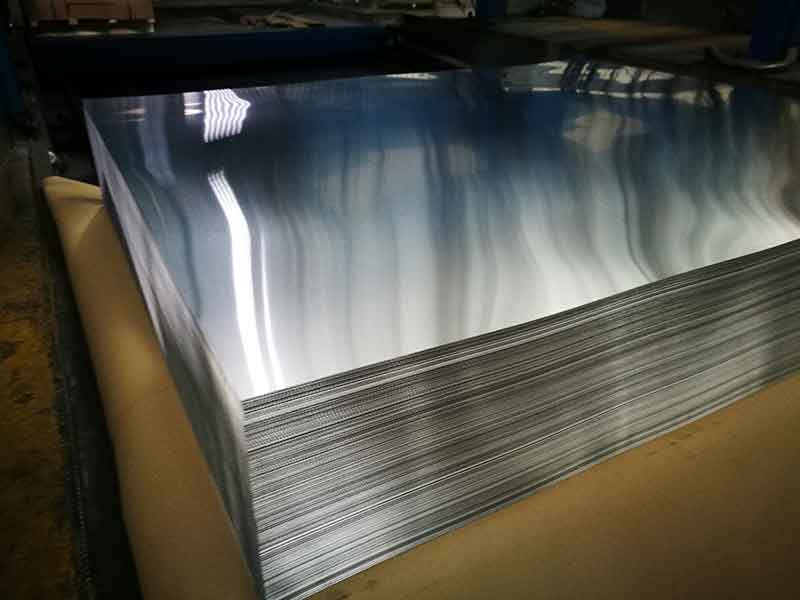The
Automotive PCB circuit board should have the highest performance in terms of power consumption, efficient heat transfer, long life and robustness. Usually, if you open the deck or dashboard of a car, you will see complex electronic devices and wires inside, which are equipped with relays, fuses and sockets, and connect various modules to each other. These electronic components are mounted on high-density interconnection (HDI) PCBs, rigid PCBs of heavy copper PCBs, to allow a large amount of current to flow from the car battery to the accessory electronic ceramic substrate PCB to deal with harsh and harsh automotive environments, such as in deserts and forests. , Mountain or car driving on a hot sunny day.
Aluminum-based metal core PCB (MCPCB) is very common in
Automotive PCB circuit board electronic products that contain bright LED lights. These bright LED lights draw a large current from the battery to provide high-brightness white light. In addition, a small electric motor hidden in the car can control the car's fins, windows, side mirrors or any moving parts, which draw enough current from the battery. Therefore, thick copper pcb boards are required to provide the least resistance to the current path to protect or prevent the PCB from melting due to the heat generated by high temperature/high current
A flexible printed circuit board, large LED, and LCD display are also found in front of the automobile electronic instrument panel to connect to the processor board, or connect various electronic modules to each other through a flexible printed circuit board. The flexible PCB is light in weight and can be adjusted and bent in a small space on the car deck or dashboard. Rigid and flexible boards are also found in automotive PCB circuit boards.


